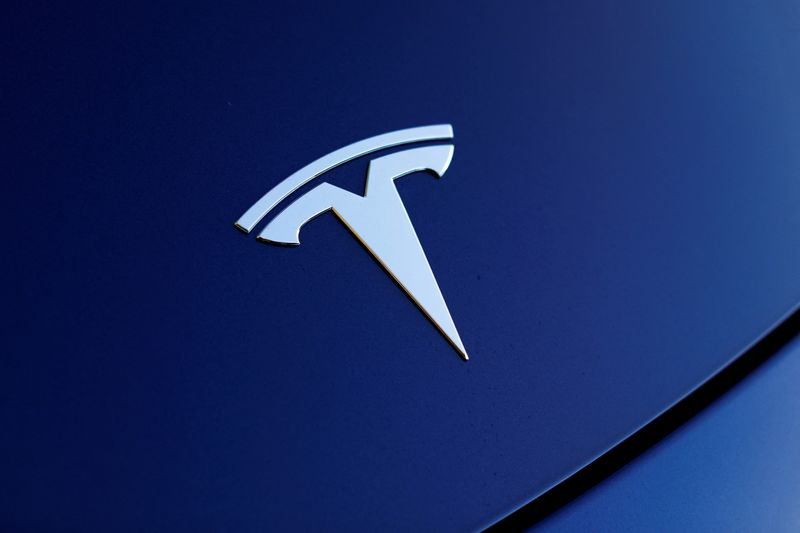(Reuters) -Tesla is delaying the launch of robotaxi by about two months to October as the design team was told to rework some elements of the car, Bloomberg News reported on Thursday, citing people familiar with the decision.
Shares of Tesla (NASDAQ:), which is betting on self-driving vehicles over less-expensive cars, fell more than 6% following the news, ending 11 straight sessions of gains that had pushed the stock up 44%.
Tesla did not immediately respond to a Reuters request for comment.
Musk had announced the unveiling of robotaxi on Aug. 8, after Reuters reported on April 5 that Tesla had canceled its long-promised inexpensive car and would continue developing self-driving robotaxis on the same small-vehicle platform.
“Tesla has been playing this game for nearly a decade of promising ‘next year, next year’. And I’ve seen no indication that Tesla…is on track for a meaningful deployment of the kind of automated driving system that Tesla has consistently promised,” said University of South Carolina law professor Bryant Walker Smith, with expertise in autonomous vehicle law.
Except for announcing an unveiling date, Musk has given minimal details about robotaxi so far. He has only said that some vehicles will be owned and operated by Tesla, while others will be owned by individuals but rented out on Tesla’s network.
Analysts and industry experts have said the race to develop autonomous driving systems and robotaxis will be arduous and take years as the technology faces engineering and regulatory hurdles.
“I think the (launch) event will be a disappointment as we were probably gonna get a CyberTaxi, not a RoboTaxi. Another hyperbolic exaggeration will likely be exposed. Nobody’s going to be able to knit socks on their way to work or nap while the vehicle brings you to gramma’s,” Craig Irwin, senior research analyst at Roth MKM, said.
Musk has been focusing on artificial intelligence, autonomous driving software, robotaxis and the humanoid robot named Optimus to combat a slowdown in EV sales, which generate more than 80% of Tesla’s quarterly revenue.
He said in the company’s first-quarter earnings conference call in April that Tesla would introduce “new models” by early 2025 using its current platforms and production lines.

During the call, he had outlined ambitious visions for diversifying Tesla’s business into artificial intelligence, humanoid robots, and operating a fleet of millions of autonomous vehicles – all based on software and hardware products the automaker has not yet fully developed.
A source told Reuters that the billionaire visited Beijing in April on an unannounced visit to discuss the rollout of its full self-driving software and other data-transfer permissions.